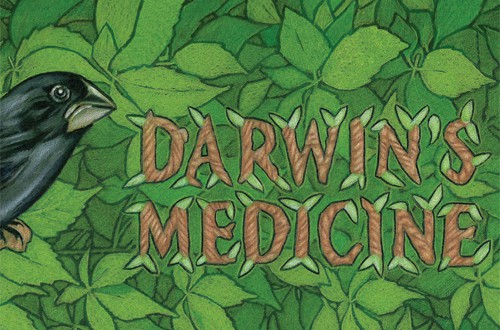
Emails from the European Medicines Agency don’t always leap from my screen at me, but one in late January really did that. The EMA was announcing the suspension of dozens of product licences, including ones from Sanofi, Sandoz and others, because of flawed trials by Indian contractor GVK Biosciences. This is an interesting pointer to an often neglected area of the industry’s evolution, as I’ll explain before I return to its practical implications.
Shortcuts to choice
It’s a platitude that the life sciences sector, faced with a changing market, needs to improve its capabilities in many areas. This incontestable statement always gets slightly bored nods from senior industry executives. But when I go on to ask what capability development they will focus upon, the answer is interesting for its narrowness. It’s almost always about innovation, usually in products, with some peripheral talk about supporting capabilities, such as in market access. This is understandable and to some extent a culturally-programmed response from an industry with a product-innovation heritage. But I suspect this focus is too narrow for many companies. Allow me to expand on that idea.
As I’ve written about elsewhere, the life sciences industry landscape is fragmenting into a number of sub-habitats, each of which will require a business model (or set of them) that is both different from the present models and different from its future peers in other sub-habitats. Some of these habitats will require superb innovative capabilities, but not all. There will be large, global segments where the clinical requirements are simple and the customer is the consumer. These segments will have some similarities with today’s OTC market but will concern many more primary care disease areas, perhaps including hyperlipidemia, hypertension and other conditions. As we can see in many emerging markets today, the physician may have a role to play in these segments but payment will be out of pocket, there will be a large choice of generics and the patient consumer will make that choice.
But on what grounds will the future patient consumer choose? Yes, prescribers may influence and price will pay a role but for many if not most patients, trust will become vitally important. Trusting a brand to be consistently safe and of good quality is the major reason many consumer brands survive in a world of cheap imitators and own labels. It’s hard to believe that, when the issue is health rather than, say, the taste of my soft drink or chocolate bar, that patient consumers won’t also use brand as a shortcut to assessing how trustworthy a product is. There will of course always be a ‘price is king’ segment, but consumer markets tell us that trusted brands with a reasonable price premium will usually win most of a sector’s profit pool. Add to this the not-unfounded fears about counterfeits and adulteration and we should expect brand trust, by the consumer not the prescriber, to be a major source of competitive advantage in many parts of the life sciences market.
We should expect brand trust, by the consumer not the prescriber, to be a major source of competitive advantage
Moving goalposts
Now, how good is our industry at creating and maintaining consumer brand trust? The research that puts leading pharma brands alongside tobacco companies should tell us something, as should the generally low unprompted awareness of the corporate brand among most patients. Quite simply, we’re not in the same league as, for example, a BMW, an Apple or even a Heinz. There’s a good evolutionary reason for this. We’re not good at consumer brand trust because we’ve not needed to be. Our industry, generally speaking, is evolved for a world where prescribers made the decision and the patient did as he/she was told. The very word prescription means to instruct or to set out a law. But in a global market where governments pay for less and prescribers have less influence, it seems likely that patient consumers will be more important and that they will rely heavily on brand trust. To use an English idiom, the goalposts are moving.
So what?
What does this mean in practice? Is it just another academic prescription to add another thing to the C-suite worry list? Well, not necessarily. To begin with, being a ‘Brand Trust Leader’ is only especially important in consumer-led market habitats. In other parts of the market, it remains an important but not critical issue. But if the patient consumer is important to your strategy, then trust leadership may be even more important than product development. And that doesn’t just mean spending money on brand campaigns. It means managing the supply chain to ensure that what you sell is as good as your brand says it is. Just ask the guys who read that EMA missive with even more interest than I did.





